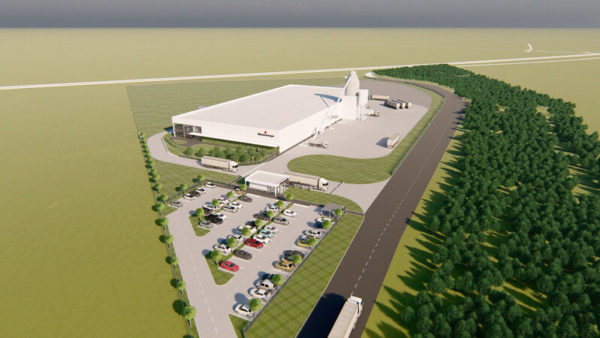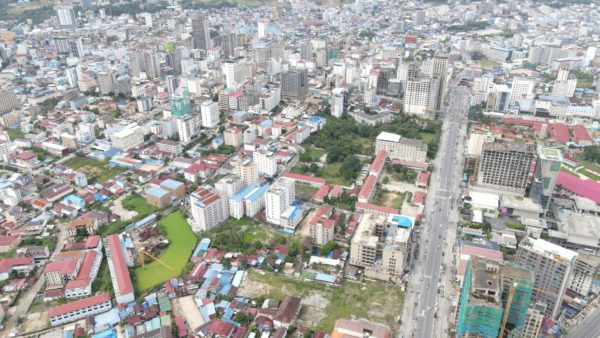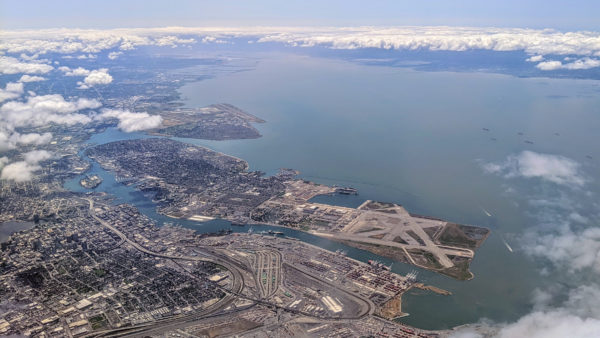Vietnam has to spend $50bn on transport infrastructure over the next five years if it is to maintain its present rate of economic growth, according to the country’s Planning and Investment Department.
The government is expected provide up to $1bn of state contribution required to make PPP projects bankable–
Tran Minh Phuong, the deputy head of the department, told a conference in Hanoi last week that development was essential to the country’s progress. He said: "We still have no high-speed rail and our major airports, including Noi Bai, Da Nang and Tan Son Nhat, are overloaded."
He added that the main cities were chocked by traffic congestion and that rail terminals, seaports and roads were poorly integrated. Â
The planning department has calculated that the bulk of the money – 64% – should be spent on upgrading the national road system. Railways should be allocated 12% and aviation 10%.Â
The plans are of interest to private sector investors because Vietnam’s transport ministry has calculated that the state budget will pay for less than 40% of the required works. Â
USAID, the American overseas aid department, estimates that Vietnam requires $200bn in investment between now and 2020 if power and water infrastructure is added to the transport spend.Â
So far, no PPP projects have been signed in Vietnam as lenders have not been convinced that the government is committed to dealing with the problem of low tariffs and the lack of minimum revenue guarantees.Â
There is also a heavy regulatory burden, an uncertain legal environment for dispute resolution and Vietnamese administrators are unfamiliar with PPP mechanisms.Â
The government of Vietnam recently created a PPP office and inter-ministerial committee to co-ordinate policy and select a number of pathfinder projects.Â
A $20m Project Development Facility and a Viability Gap Fund, which covers lenders for the period before a scheme becomes profitable, is slated to be implemented by the end of 2015.

14,000 people are killed on Vietnam’s roads a year, the leading cause of death among 15-29 year olds. (Source: Wikimedia Commons)
Altogether, the government is expected provide up to $1bn to make PPP projects more bankable.Â
Capital investment may also be boosted by the Trans-Pacific Partnership with the US, which includes additional protection for funders.Â
The Vietnamese economy is expected to grow 6.5% this year. GDP per capita increased by 27%, from $4,400 to $5,600, between 2010 and 2014.Â
Main photograph: Ho Chi Minh City is congested even though most drivers are on two wheels. (Source: Milei Vencel/Wikimedia Commons)










